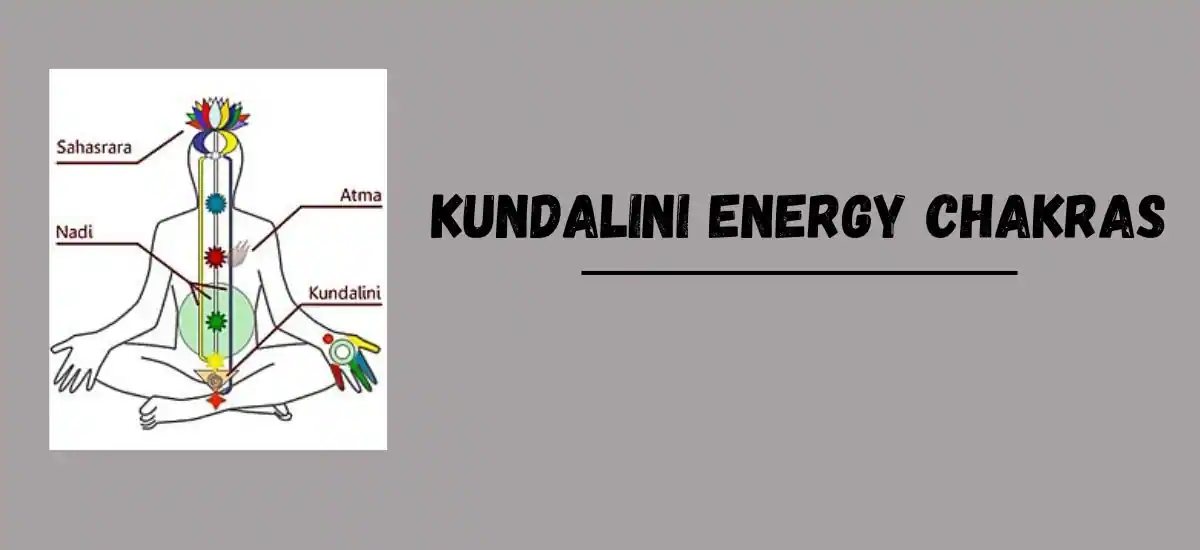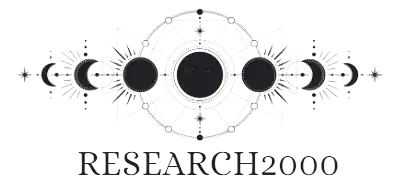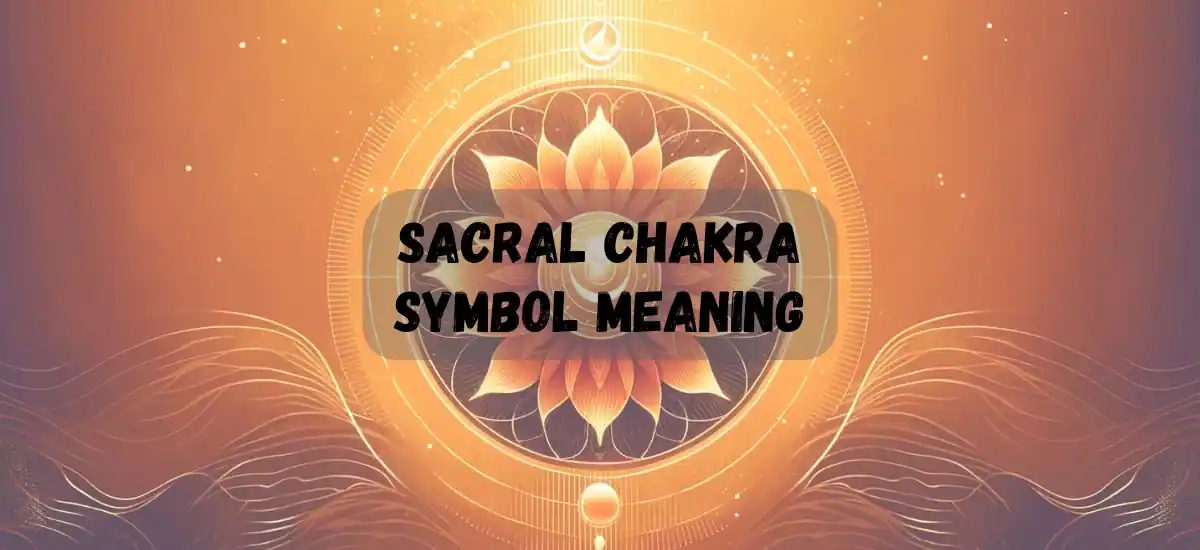Imagine a powerful energy, coiled like a serpent at the base of your spine, waiting to be awakened. This energy, known as Kundalini, is a fundamental force that can transform your life. In this article, we’ll dive into the fascinating world of Kundalini chakras, revealing how awakening this energy enhances spiritual practices and promotes overall well-being. Get ready to explore the journey of Kundalini as it travels through the body’s energy centers, unlocking a new realm of possibilities for personal growth and enlightenment.
Understanding Kundalini And Its Chakras
Kundalini is often visualized as a dormant snake, coiled at the spine’s base, ready to spring into action. When awakened, this energy travels up the spine, activating various chakras—vital energy centers in our body. Let’s unpack how this powerful energy can be your ticket to a transformative spiritual and physical journey.
- What is Kundalini? Simply put, Kundalini is our inner spiritual energy. When activated, it serves as a master key to unlock our potential, leading to extraordinary spiritual, emotional, and physical enhancements.
- Journey through the Chakras: Imagine Kundalini as a dynamic stream of energy flowing upwards through a series of gates—these are your chakras. Each gate it opens not only elevates your spiritual awareness but also improves your physical health, bringing harmony and vitality.
- Meet the Chakras: Here’s a quick rundown of the main stations along Kundalini’s path. Think of this as a map of hidden treasures, each holding the key to different aspects of your being:
| Chakra Name | Location | Influence |
| Root (Muladhara) | The base of the throat | Grounds and stabilizes |
| Sacral (Svadhishthana) | Below the navel | Enhances creativity and sexuality |
| Solar Plexus (Manipura) | Above the navel | Boosts confidence and personal power |
| Heart (Anahata) | Center of the chest | Fosters love and compassion |
| Throat (Vishuddha) | Base of the throat | Improves communication |
| Third Eye (Ajna) | Forehead, just above the eyes | Expands intuition |
| Crown (Sahasrara) | Top of the head | Connects to the divine |
Each chakra not only influences specific physical and emotional aspects but also connects you to a higher spiritual plane.

Tip: A visual diagram here would be fantastic to illustrate the chakras along the spine, adding a visual touch to the theoretical knowledge.
By understanding Kundalini and its chakras, you’re setting the stage for a profound journey of self-discovery. As we delve deeper into the benefits and practices related to Kundalini awakening, you’ll see how this energy can be a game-changer in your spiritual and everyday life.
Kundalini Awakening Benefits
Awakening the Kundalini energy is like flipping the switch on an immense reservoir of potential that impacts both your inner self and your interaction with the world. This section will highlight how the awakening of Kundalini can catalyze a significant transformation in your life, enhancing your spiritual, emotional, and physical well-being.
- Spiritual Enlightenment: The awakening of Kundalini can lead to profound spiritual experiences and insights, giving you a glimpse of the universe that many only dream of. It’s like suddenly seeing the world in high definition—everything feels more connected and meaningful.
- Emotional Healing: Kundalini can act as a powerful force for emotional healing, clearing out old traumas and promoting a sense of inner peace. It’s akin to spring cleaning for your psyche, where you remove the emotional clutter and make space for new, positive energies.
- Enhanced Creativity: Imagine tapping into a wellspring of creativity you never knew you had. Kundalini Awakening can boost your creative juices, helping you think outside the box and find innovative solutions to challenges.
- Physical Health Benefits: While Kundalini primarily affects spiritual and emotional health, its benefits can also extend to the physical. It is known to improve energy levels, balance hormones, and enhance overall vitality. It’s like getting an all-natural tune-up for your body.
- Mental Clarity and Focus: As Kundalini energy clears the chakras, it also clears your mind, enhancing focus and clarity. You might find that you’re able to concentrate better and stay on task easier, turning daily challenges into small bumps on the road.
Here’s a brief table summarizing the key benefits of Kundalini awakening:
| Benefit | Impact |
| Spiritual Awareness | Opens up new realms of existential insight and connectivity |
| Emotional Healing | Cleanses past emotional wounds and fosters resilience |
| Creativity | Unlocks new avenues of creative expression |
| Physical Well-being | Boosts vitality and helps maintain physical health |
| Mental Clarity | Enhances cognitive functions and mental sharpness |
Consider adding personal testimonials or quotes from individuals who have experienced Kundalini awakening. This could provide a real-world perspective on the benefits described.
Embracing the power of Kundalini awakening could be your path to a rejuvenated life, filled with new perspectives and a deeper understanding of yourself and the world around you. As we continue, we’ll explore the specific chakras involved in the Kundalini process and their roles in this life-changing journey.
Kundalini Energy Chakras
The journey of Kundalini energy through the chakras is a key aspect of spiritual awakening. Each chakra is not just an energy center but a unique world of its own, influencing specific aspects of your life. Here, we’ll explore the roles and significance of each chakra involved in the Kundalini awakening process.

1. Root Chakra (Muladhara)
- Location: Base of the spine
- Influence: Stability, security, and basic needs
- Role in Kundalini: Acts as the grounding force. Awakening the Root Chakra sets the foundation for the ascension of Kundalini, ensuring that the energy rises with stability and balance.
2. Sacral Chakra (Svadhishthana)
- Location: Below the navel
- Influence: Creativity, sexuality, and emotions
- Role in Kundalini: Liberates creative energies and harmonizes emotions, facilitating a deeper connection with oneself and others.
3. Solar Plexus Chakra (Manipura)
- Location: Above the navel
- Influence: Personal power, self-confidence, and identity
- Role in Kundalini: Empowers self-esteem and leadership qualities. Its activation helps assert one’s place in the world.
4. Heart Chakra (Anahata)
- Location: Center of the chest
- Influence: Love, compassion, and connection
- Role in Kundalini: Opens up the capacity for unconditional love, bridging the lower chakras with the higher spiritual chakras.
5. Throat Chakra (Vishuddha)
- Location: Base of the throat
- Influence: Communication, expression, and truth
- Role in Kundalini: Enhances clear communication and honest expression, pivotal for authentic relationships and self-expression.
6. Third Eye Chakra (Ajna)
- Location: Forehead, just above the area between the eyes
- Influence: Intuition, insight, and imagination
- Role in Kundalini: Develops intuition and a deeper sense of inner knowing, providing insight beyond ordinary vision.
7. Crown Chakra (Sahasrara)
- Location: Top of the head
- Influence: Spiritual connection and enlightenment
- Role in Kundalini: The final gateway. Its awakening leads to a profound sense of unity and divine connection.
Here’s a simple table summarizing the flow and role of each chakra:
| Chakra | Location | Role in Kundalini Awakening |
| Root (Muladhara) | Base of the spine | Grounds and stabilizes Kundalini energy |
| Sacral (Svadhishthana) | Below the navel | Energizes creative and emotional faculties |
| Solar Plexus (Manipura) | Above the navel | Boosts confidence and self-power |
| Heart (Anahata) | Center of the chest | Fosters emotional and spiritual growth |
| Throat (Vishuddha) | Base of the throat | Facilitates open communication and expression |
| Third Eye (Ajna) | Forehead | Enhances intuition and psychic abilities |
| Crown (Sahasrara) | Top of the head | Connects to the divine, achieving ultimate enlightenment |
Understanding these chakras and their roles in the Kundalini awakening process provides a roadmap for those on the path to spiritual enlightenment. By nurturing each chakra, one facilitates a smoother and more profound Kundalini awakening experience.
Kundalini Chakra Meditation
Kundalini chakra meditation is a transformative practice designed to stimulate and harmonize the flow of Kundalini energy through the chakras. This section provides a step-by-step guide on techniques to safely engage in this profound meditative journey.
Preparation For Meditation
- Setting: Choose a quiet, comfortable space where you won’t be disturbed. You can sit on a cushion or a chair with your spine straight.
- Timing: Early morning or late evening are ideal times, aligning with the natural calmness of the day.

Meditation Techniques
- Breath Awareness
- Begin by focusing on your breath. Inhale deeply and slowly through the nose, hold for a few seconds, and exhale slowly. This calms the mind and prepares the body for deeper meditation.
- Chakra Visualization
- Visualize a bright, spinning wheel of light at the base of your spine (Root Chakra). With each breath, imagine this light becoming brighter and slowly moving up to the next chakra. Continue this visualization up to the Crown Chakra.
- Mantra Chanting
- Incorporate mantras such as “Om” or specific bija mantras for each chakra (like “Lam” for the Root Chakra). Chanting helps to focus the mind and energize the chakras.
- Ending the Meditation
- Gradually bring your focus back to your breath, and then to your overall body awareness. Gently open your eyes and sit quietly for a few minutes before getting up.
Safety Tips
- Start slowly, especially if you are new to Kundalini meditation. Listen to your body and proceed with caution.
- If you experience any discomfort or overwhelming emotions, scale back and consult with an experienced meditation teacher.
Animals Associated With Kundalini Chakras
Each chakra in the Kundalini system is symbolically associated with certain animals, representing the qualities and energies of that chakra. Understanding these associations adds depth to the meditation practices and provides insights into the characteristics of each energy center.
Animal Symbols And Their Significance
- Root Chakra (Muladhara) – Serpent
- Represents awakening and transformation, grounding energies, and survival instincts.
- Sacral Chakra (Svadhishthana) – Crocodile
- Symbolizes adaptability and creativity, reflecting the fluid nature of this chakra.
- Solar Plexus Chakra (Manipura) – Ram
- Denotes strength, power, and determination, qualities that are fostered by this chakra.
- Heart Chakra (Anahata) – Antelope
- Embodies grace, compassion, and acceptance, core aspects of the Heart Chakra.
- Throat Chakra (Vishuddha) – White Elephant
- Signifies communication and wisdom, crucial attributes of the Throat Chakra.
- Third Eye Chakra (Ajna) – Hawk
- Represents vision and intuition, highlighting the perceptive qualities of this chakra.
- Crown Chakra (Sahasrara) – Lotus
- Although not an animal, the lotus symbolizes purity and spiritual enlightenment, ideals of the highest chakra.
This exploration of Kundalini chakra meditation and the animal symbols associated with each chakra offers tools and understanding for anyone seeking to enhance their spiritual journey through the awakening of Kundalini energy.
Yantras And Their Significance
Yantras are intricate geometric designs that serve as visual tools for meditation and spiritual growth, especially in Kundalini practice. Each Kundalini chakra is associated with a specific yantra, which helps focus and amplify the energy during meditation.
Understanding Yantras
- Purpose: Yantras are mystical diagrams that channel cosmic energies and aid in spiritual enlightenment.
- Usage: They are typically placed in meditation areas or used during rituals to enhance focus and spiritual connections.

Yantras Associated With Kundalini Chakras
- Root Chakra (Muladhara) – Four-Petaled Lotus Yantra
- Symbolizes stability and grounding, reflecting the foundational nature of the Root Chakra.
- Sacral Chakra (Svadhishthana) – Six-Petaled Lotus Yantra
- Represents creativity and fluidity, enhancing the emotional and creative energies of the Sacral Chakra.
- Solar Plexus Chakra (Manipura) – Ten-Petaled Lotus Yantra
- Emphasizes personal power and transformation, crucial for energizing the Solar Plexus Chakra.
- Heart Chakra (Anahata) – Twelve-Petaled Lotus Yantra
- Encourages love and healing, resonating with the compassionate energy of the Heart Chakra.
- Throat Chakra (Vishuddha) – Sixteen-Petaled Lotus Yantra
- Supports communication and expression, key aspects of the Throat Chakra.
- Third Eye Chakra (Ajna) – Two-Petaled Lotus Yantra
- Fosters intuition and clarity, aligning with the visionary nature of the Third Eye Chakra.
- Crown Chakra (Sahasrara) – Thousand-Petaled Lotus Yantra
- Symbolizes spiritual connection and enlightenment, embodying the ultimate goal of Kundalini awakening.
Conclusion
Embarking on the journey of understanding and awakening the Kundalini chakras is a transformative endeavor that can lead to profound spiritual growth and holistic well-being. Through the practices of Kundalini chakra meditation and yantras, individuals can foster a deeper connection with their inner selves and the universe. This exploration enlightens and empowers, providing tools and insights for a balanced and enlightened life. Whether you are just starting or are deep into your spiritual practices, Kundalini chakras offer a path to enhanced perception and a more fulfilled existence. Dive into this journey with openness and curiosity, and watch as your life transforms, revealing the extraordinary power within you.






Leave a Reply